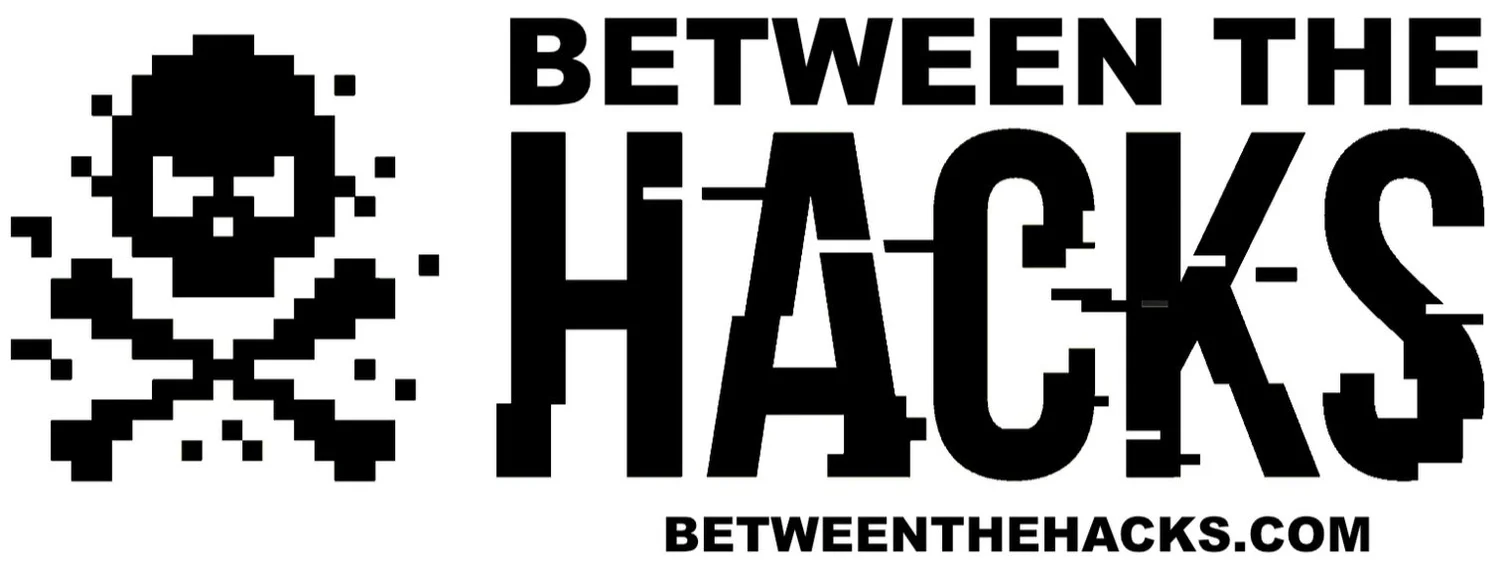Last year, Humble Bundle teamed up with the great tech publisher, No Starch Press, to offer deeply discounted hacking ebooks for as little as one dollar with the Hacking 101 By No Starch Press Humble Bundle of ebooks. This year, on Giving Tuesday, No Starch Press has a new Hacking Book Bundle. The regular cost for the ebooks is more than $800 but you can get all of these ebooks for thirty dollars or just a few of the ebooks for as little as one dollar.
All tagged hacking
SolarWinds Hack: The Basics
By now you have probably heard about the SolarWinds supply-chain compromise that has impacted government and businesses all over the world. This story is still unfolding so I won’t try to explain everything in detail, rather, I’ll attempt to explain the situation for the less-technical reader and link to some resources so that you can follow the story.
Juice-Jacking: Trading Your Data for Power?
There are few things in everyday life that instill panic in us more than seeing the low battery indicator on our mobile phone. This is especially troubling during travel, when your mobile device might be frequently switching between cell towers and Wi-Fi and chewing up more battery than usual. To help us with this problem, charging stations have graciously been made available for free, in many public places. While this free charge can breathe life back in our digital existence, it can also be the point at which your device becomes victim to a cyber attack called juice-jacking.
What is Juice-Jacking?
Juice-jacking happens when someone connects their mobile device to a USB charging station that has been modified to not only charge the device, but to also copy data from…
Rainbow Tables: The Password Conundrum Part 4
In the forth and final post in this series on passwords, I’ll talk to you about rainbow tables. I think the best way to get people to create and use good passwords is to teach them how passwords are cracked.
Long ago, when UNIX-like systems were used as shared servers and most people logged into them with “dumb terminals”, users could see who else had accounts on the system. This was convenient, especially in work or academic environments and acted as a directory of sorts. So if Alice wanted to send an email message to Bob, she would just log on to the system and look at a file called /etc/passwd. This file showed each person’s username, name, and other information. This file also contained each users password in the form of something called a hash. Trend Micro explains that, “Hash values can be thought of as fingerprints for files”. The hash is a mathematical representation of the password that cannot be reversed or
Sextortion Revisited
Lately, a handful of friends and colleagues told me they received an email that claiming that a malicious hacker had installed malware on their computer through a porn site. The email showed one of the recipient’s passwords and explained that the hacker has access to the recipient’s webcam and has a log of all of their keystrokes. Then the hacker gives the recipient two choices:
Ignore the email and a video of the recipient, visiting the porn site will be sent to all of the recipient’s contacts.
Or, pay a ransom in bitcoin, and the hacker will delete the video.
This email scam that has been a popular phishing attack in 2018. As cybersecurity reporter, Brian Krebs, blogged about back in July, “Here’s a clever new twist on an old email scam that could serve to make the con far more believable.”
If you happen to receive one of these emails…





